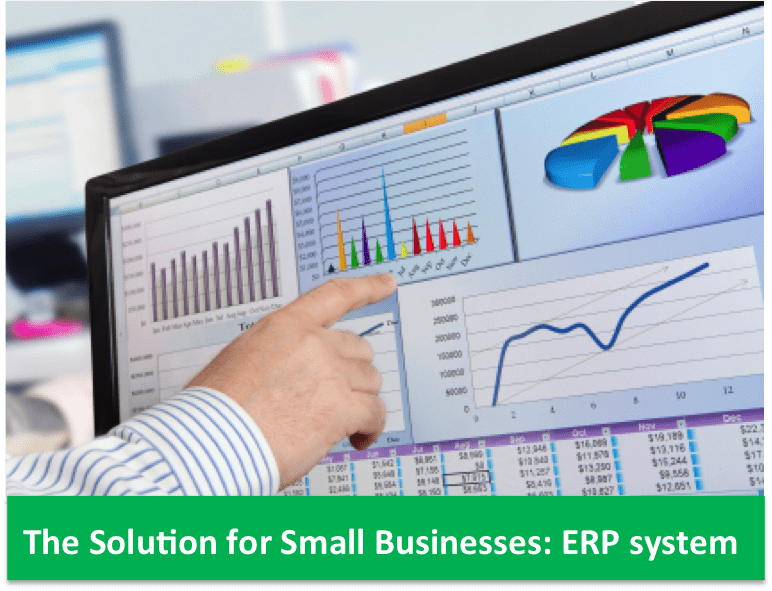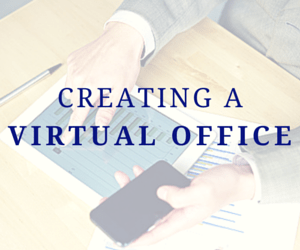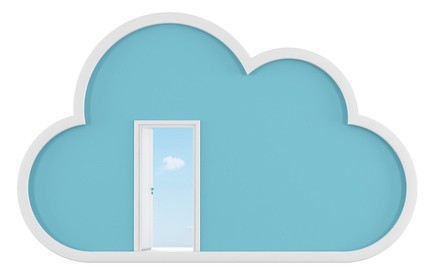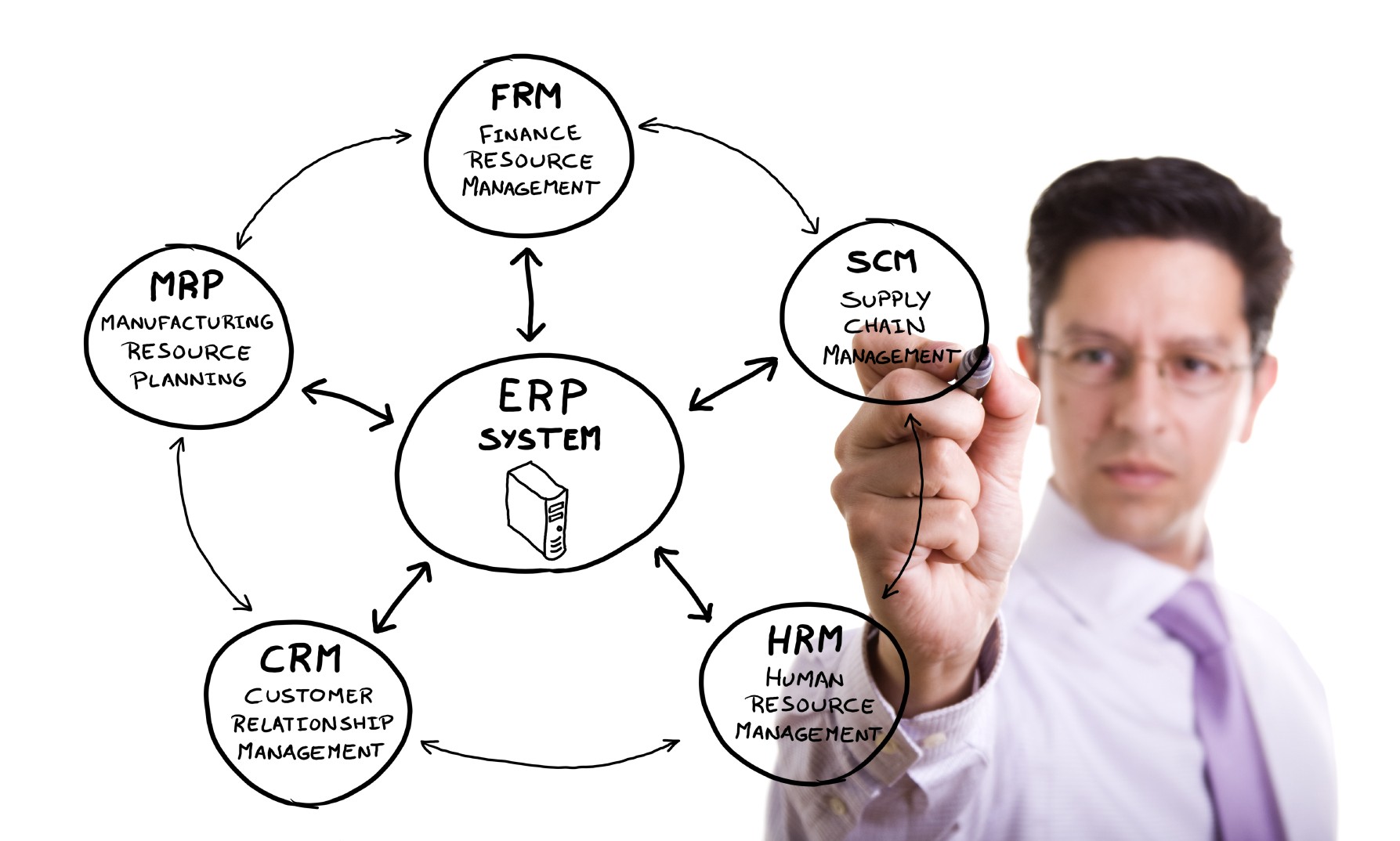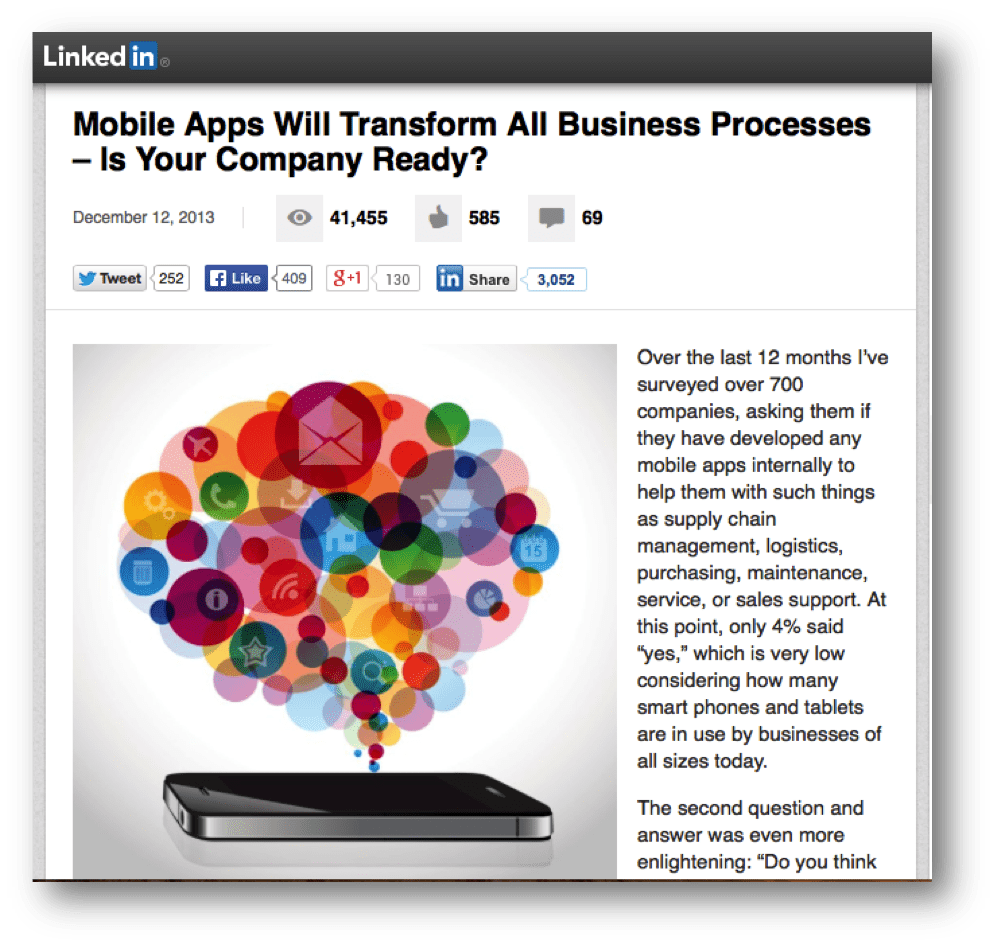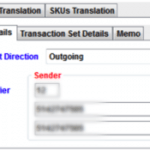Inexpensive Software Solution vs Off-the-Shelf System: Choosing the Right One for Your Business
Last Updated on May 2, 2025 by Tatyana Vandich
When an executive is faced with the decision to either change their existing business system or adopt their first solution, in the case of a start-up, there are many questions that surface. The main ones however are of course, ‘What type of business management system should I adopt for my company?’ ‘What is the right system to run my business: is it an off-the-shelf packaged application or a fully integrated software solution?’
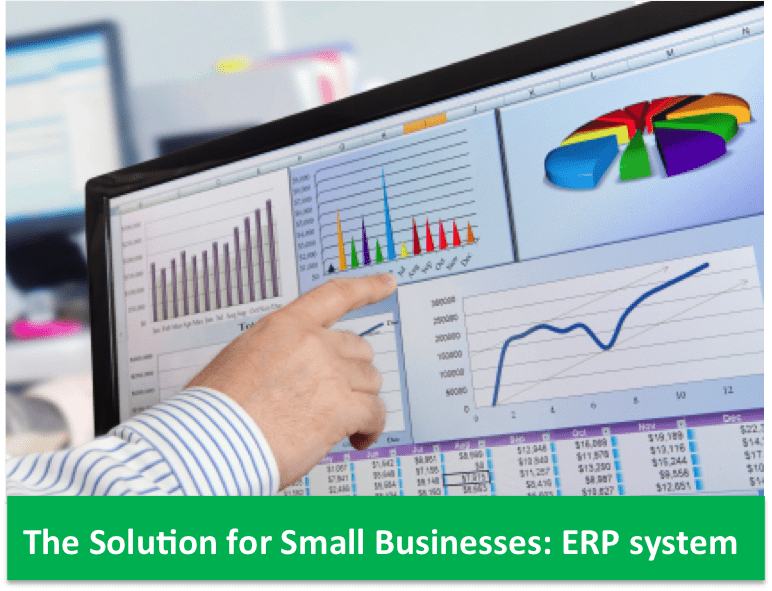 In the case of a well-established business, the questions raised are not very difficult to answer by executives. Most of the time, they have already experienced different types of solutions and they are pretty decided on the option they’d like to choose. The only problem in these enterprises is that more often than not business owners and executives get too comfortable with their existing system that they do not realize their business processes can be simplified and upgraded. My previous article, entitled 5 signs you should invest in IT services, addresses the important signs and symptoms that a small and mid-size enterprise should look for when considering to invest in IT services.
In the case of a well-established business, the questions raised are not very difficult to answer by executives. Most of the time, they have already experienced different types of solutions and they are pretty decided on the option they’d like to choose. The only problem in these enterprises is that more often than not business owners and executives get too comfortable with their existing system that they do not realize their business processes can be simplified and upgraded. My previous article, entitled 5 signs you should invest in IT services, addresses the important signs and symptoms that a small and mid-size enterprise should look for when considering to invest in IT services.
In this article, I will emphasize on the differences between off-the-shelf packaged systems and integrated software solutions, in order to help executives of start-ups as well as established businesses to decide which option is the best for their business needs.
Below are the major points to look for when deciding on a software solution to run your business.
Modules, Features and Functions
The first critical point to look for is the availability of the necessary features and functions needed to run your company’s day-to-day operations. Small off-the-shelf packages offer limited and pre-determined features, which may or may not be what you really need or want. From an IT and business perspective, it is always recommended to run all your company operations within the same integrated software platform, if possible. Think of the inconvenience that comes with having many different systems to run the accounting, inventory and warehouse management, purchases and in-transit operations, etc, without any integration and coordination of the different components. Wouldn’t it also be a waste of time, effort and money to hire several IT teams to manage the different 2? A fully integrated solution offers all of the above in a single unified software platform.
Deployment
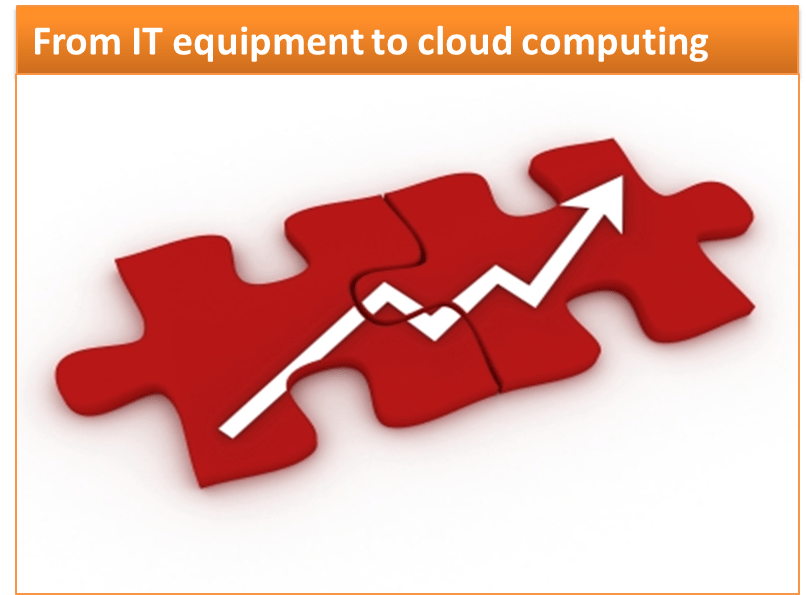 The second aspect to look for is deployment of the software solution. With today’s technology, we have two deployment methods for a software application: either in the “Cloud” or “on premises”. When choosing the “cloud” option, it is important to raise the following questions: ‘Where is the data located? Does it fall under our country’s law jurisdictions? How private and secure is the “cloud” where the data is deployed?’ It is important to have these questions answered before making your final decision.
The second aspect to look for is deployment of the software solution. With today’s technology, we have two deployment methods for a software application: either in the “Cloud” or “on premises”. When choosing the “cloud” option, it is important to raise the following questions: ‘Where is the data located? Does it fall under our country’s law jurisdictions? How private and secure is the “cloud” where the data is deployed?’ It is important to have these questions answered before making your final decision.
For “on premises” deployment, other questions should be asked, such as, ‘What is the minimum hardware requirement to run the application? How much money do I have to invest upfront in order to build the infrastructure to run the software, including all backups and disaster recovery mechanisms? Is the software application designed for a concurrent multi-user environment?’ This is an important question especially for start-ups where they often start with one user and later expand to many users. However, this expansion with an off-the-shelf package requires a good amount of money.
Application Maintenance
Another important point to keep in mind is maintenance of the application. All software applications need to be maintained during their lifecycle. Most of the time, primarily with start-ups, executives buy a small off-the-shelf package and never renew or subscribe for maintenance and support. Once they encounter a problem with the system, they are in serious trouble. In contrast, with a fully integrated software application offered under the SaaS (Software as a Service) model, application maintenance is usually included in the bundled price.
User Support
I always recommend a solution with the right user support. When companies adopt small off-the-shelf packages, they are left alone when it comes to user support. In general, the companies reselling off-the-shelf systems (whether big or small named brands) are likely to provide support but only by their sales team and not by tech programmers. Therefore, the client usually ends up with phone support from Asia or China, where there is a time difference and language barrier. It is extremely important to look for a software vendor with local presence that has the ability to support your users and staff when needed without delay.
Flexibility
Flexibility of any software application is key in every business. Being able to integrate, customize, upgrade, change certain aspects in relation to your business needs and develop add-on features needed for your business is truly a must for any company in expansion mode. Off-the-shelf packages are very limited for integration and even if they are, there is likely to be a high cost to the end-user. Therefore, a fully integrated software solution that is flexible is a very important selection criterion.
Scalability
Scalability of a software system implies being able to handle and accommodate any growth in a company. For example, can the application be easily and quickly modified and upgraded from version 1 to version 2 or to increase the number of users? Will there be any downtime incurred during this process? How many hours and labour will it take? Is it necessary to halt my operations in order to do this upgrade?
Most of the off-the-shelf software applications are hard to scale and involve a lot of money and time to do so. The best option in the case of a growth in the business would be to adopt an application that is fully integrated and scalable without any hassles, at no additional costs that aren’t included in the pricing of the software, and that also does not stop any daily operations during the upgrade process.
Pricing
Of course, the pricing of a business software solution is an important aspect for any executive. The price of off-the-shelf software packages varies from a few hundred dollars, for small systems, up to hundreds of thousands of dollars for corporate level software. Many believe, however, that less expensive pricing means quicker return on investment for the business owner. This is false. It is always best to go with a solution that is affordable but that combines all the aspects I have mentioned in this article. Choosing the cheapest option isn’t the best way to go. Also, it is important to consider maintenance and support of an application into your pricing scheme, so you won’t be surprised with unexpected costs later on, as support is extremely important and highly recommended. The ultimate option would be to have the monthly fee include all the necessary expenses.
Vendor Reliability
The Best Choice
Therefore, I highly recommend that business executives consider the above key points when deciding between an “off-the-shelf” system and an inexpensive fully integrated software solution. Modules, features, functions, deployment, maintenance, user support, flexibility, scalability, pricing and vendor reliability can truly make a difference in your business’s performance and growth and your employees’ productivity. Companies should adopt the best software solution that can grow with their business and help their business flourish at the same time. An affordable fully integrated management solution that is offered “on premises” or “in the cloud” under a subscription model is the best way to go for less worries, costs and problems.

